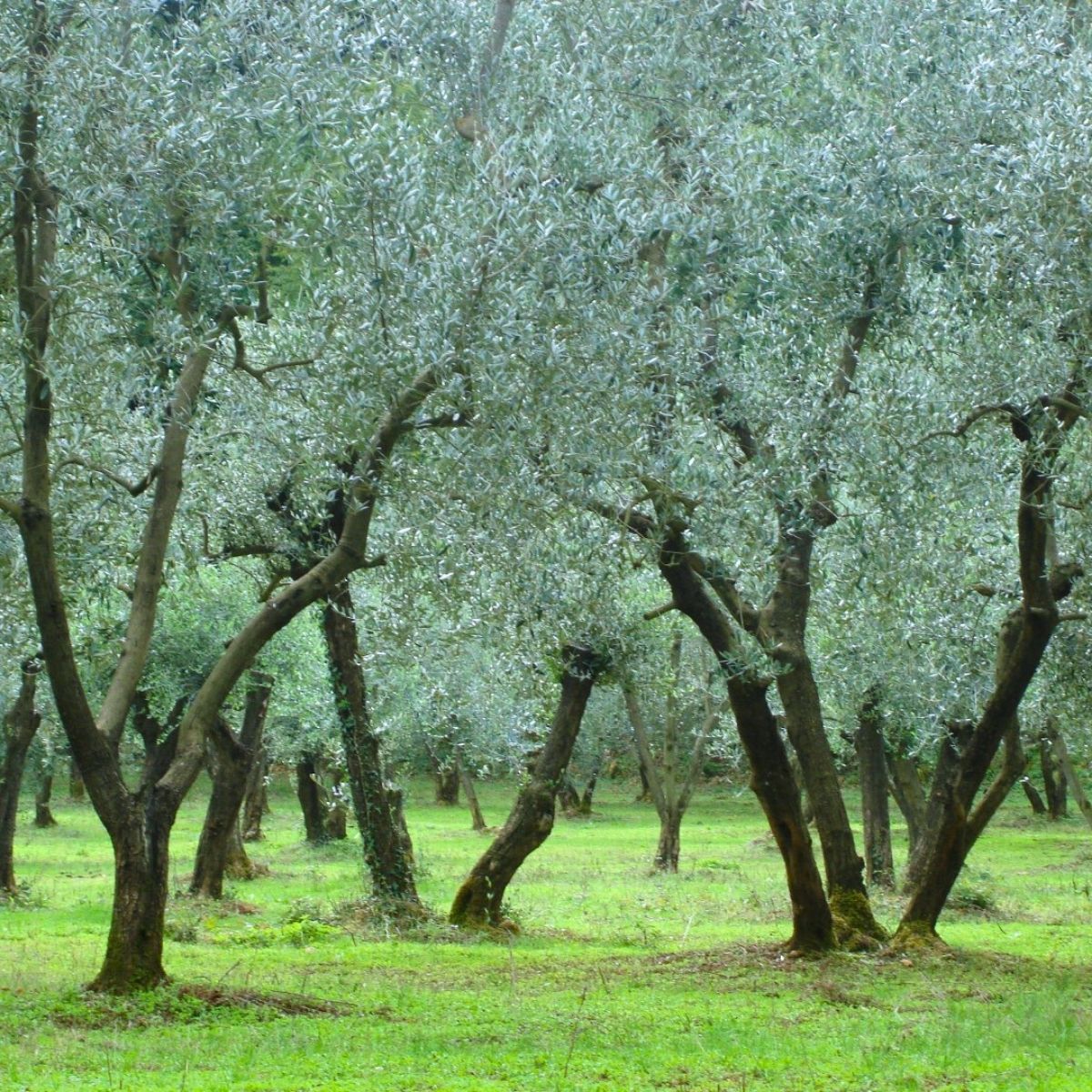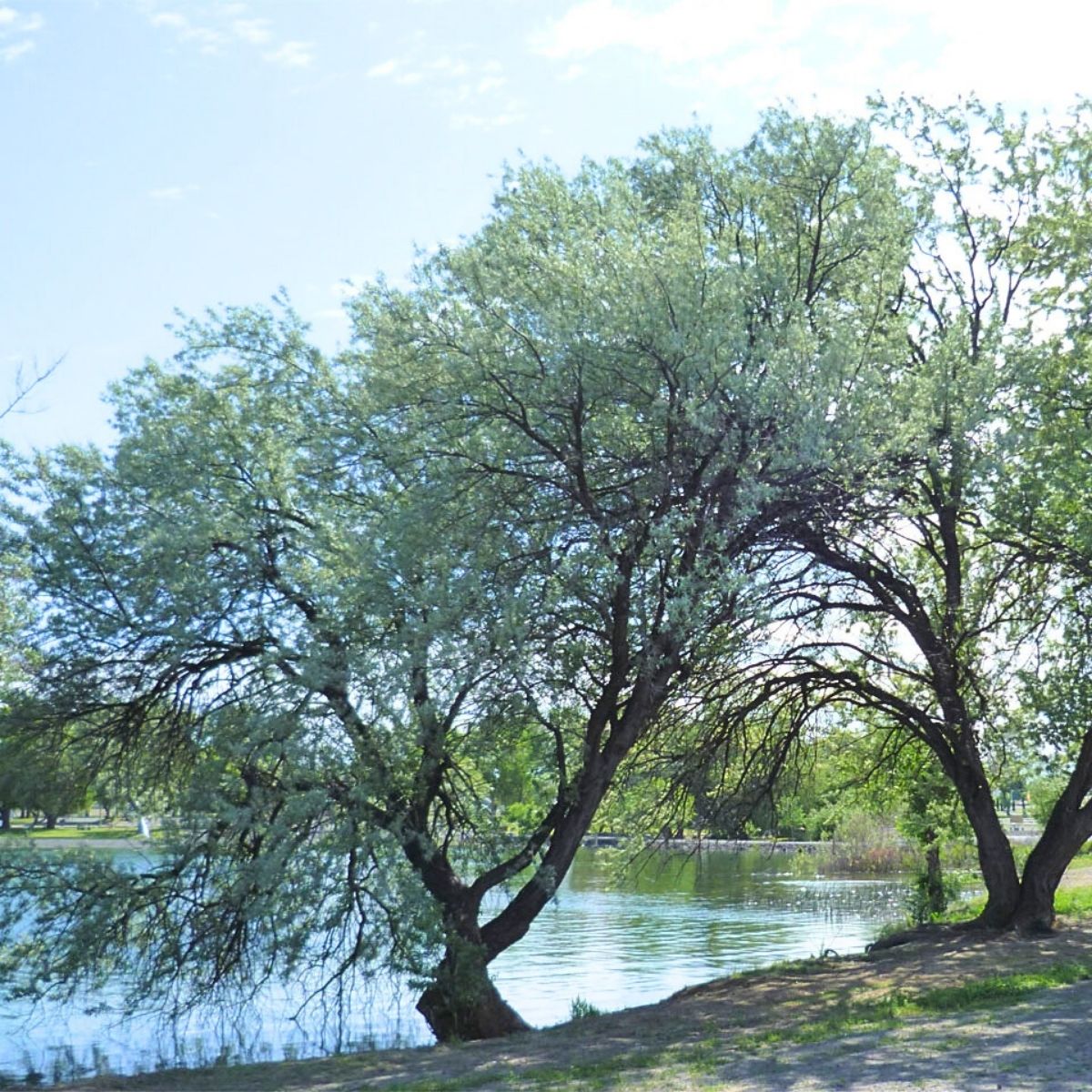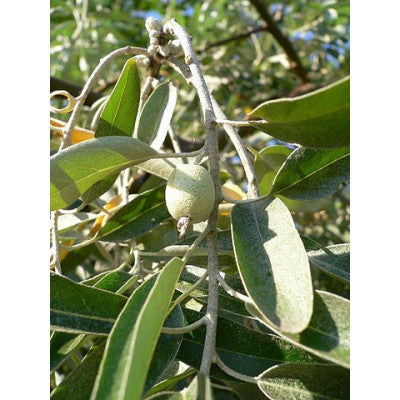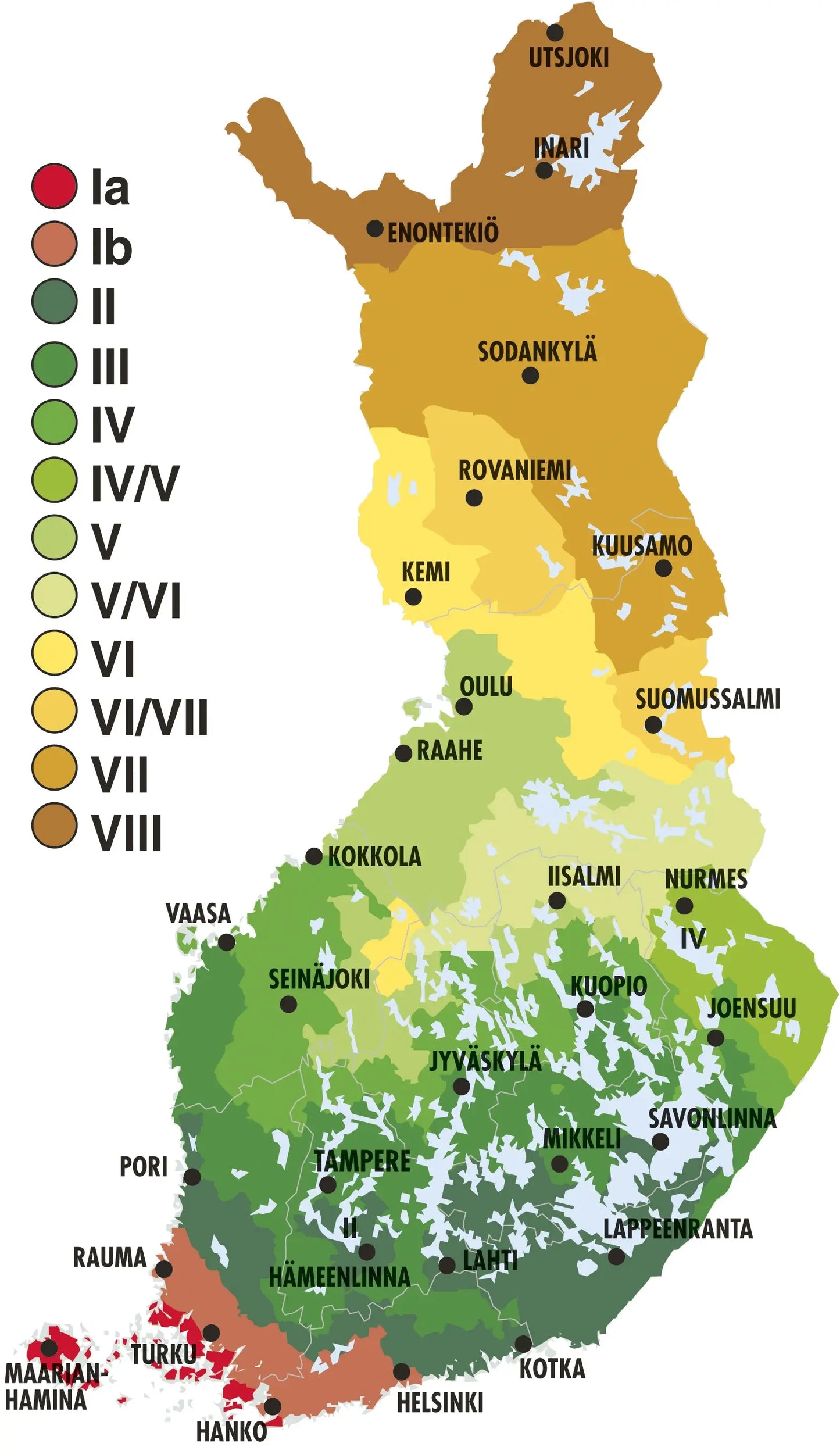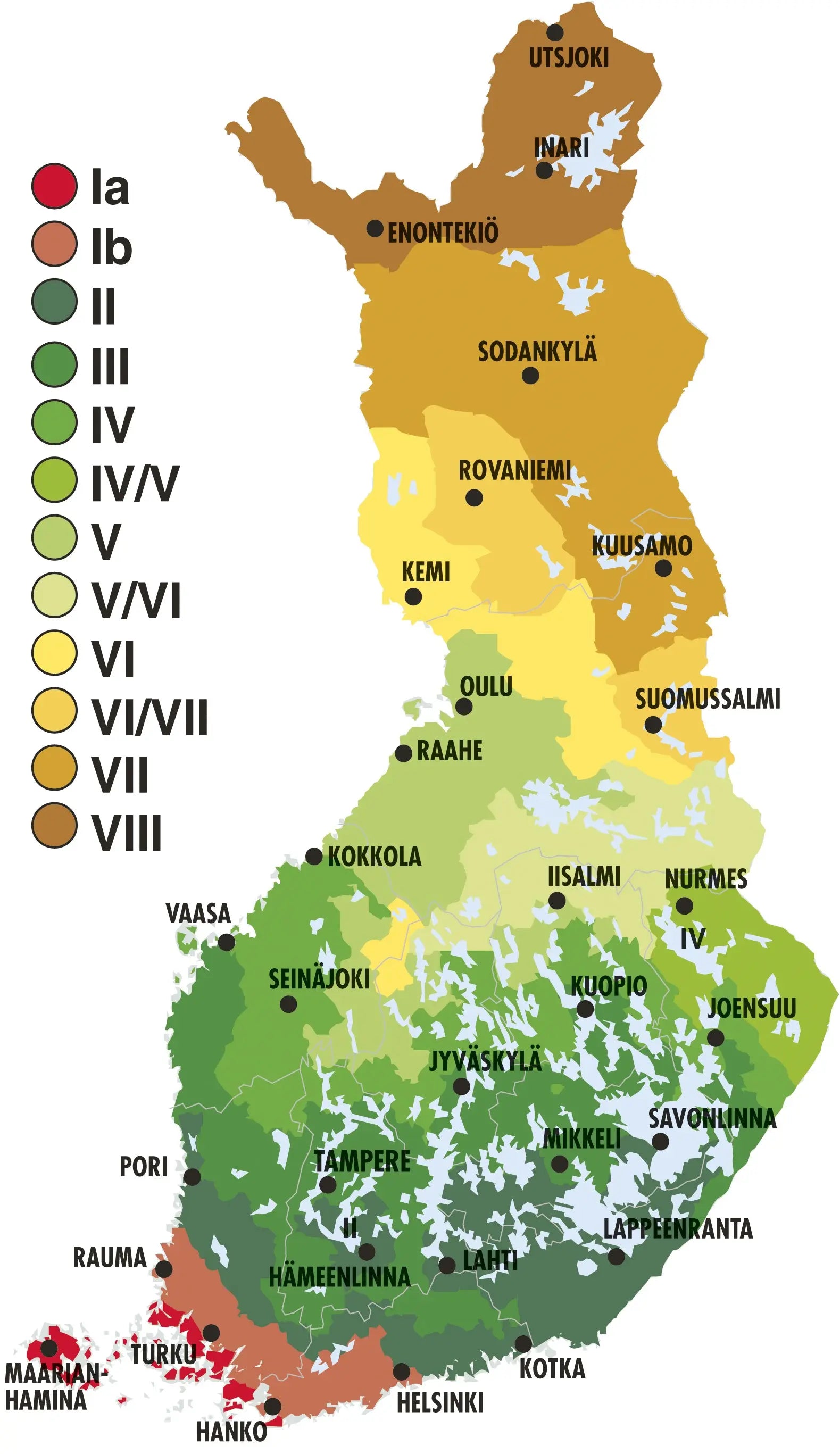1
/
of
5
Erikoistaimet.fi
"Elaeagnus angustifolia" - Eastern silverbush
"Elaeagnus angustifolia" - Eastern silverbush
Regular price
€24,90 EUR
Regular price
Sale price
€24,90 EUR
Unit price
/
per
Tax included.
Couldn't load pickup availability


Height of the seedling 5 0-70cm a


Frost resistance -30°C Target height 5 meters
A tree with a broad, often asymmetrical crown and drooping branches. It grows up to 5 m tall. Leaves narrow, slivered, young white, older grey-green. The flowers are small, pleasantly scented and full, appear in June.
It prefers sunny and dry places, calcareous soil. Unpretentious, tolerates slight soil salinity.
Eastern silverbush is a small tree or shrub that resembles a buckthorn. Both belong to the same family of silverbush plants and are therefore close relatives. The natural range of the eastern silverbush is in western Asia. It has been cultivated in southern and central Europe for its edible fruits. The leaves of the eastern silverbush are 2-8 cm long, oval-oblong. The underside of the leaf is covered with dense silvery hairs.
Eastern silverbush blooms in June-July. The flowers are bilobed, rather small, yellow and fragrant. The berries that develop from pollinated flowers ripen in September-October and are dark brown in color. The berries are about 1-2 cm long and contain one large seed. The berries of the eastern silverbush are sweet, floury and dry. Berries can be made into, for example, jellies and sorbets. The seed is also edible.
The bush is undemanding to the soil. It thrives in both sandy and clay soil and is able to fix nitrogen in its roots. That's why it thrives even in harsh conditions. In Finland, the eastern silver bush needs a sheltered, warm and sunny place to grow.
Success (I-III)
PH recommendation: 6-8
Sunny, does not grow in the shade
The roots of this plant have been treated with mycorrhiza!
What mycorrhiza gives plants:
1. better water management (better drought resistance)
2. better availability of nutritional components, including poorly absorbed ones such as phosphorus and iron
3. multiplies the absorbent surface of the root system and stimulates root growth
4. higher active and passive resistance against root pathogens such as phytophthora, fusarium and others
5. better flowering, fertility, condition and vibrant appearance
6. less sensitivity to environmental stresses such as: unsuitable pH, salinity, stagnant water or toxic compounds
Ice
